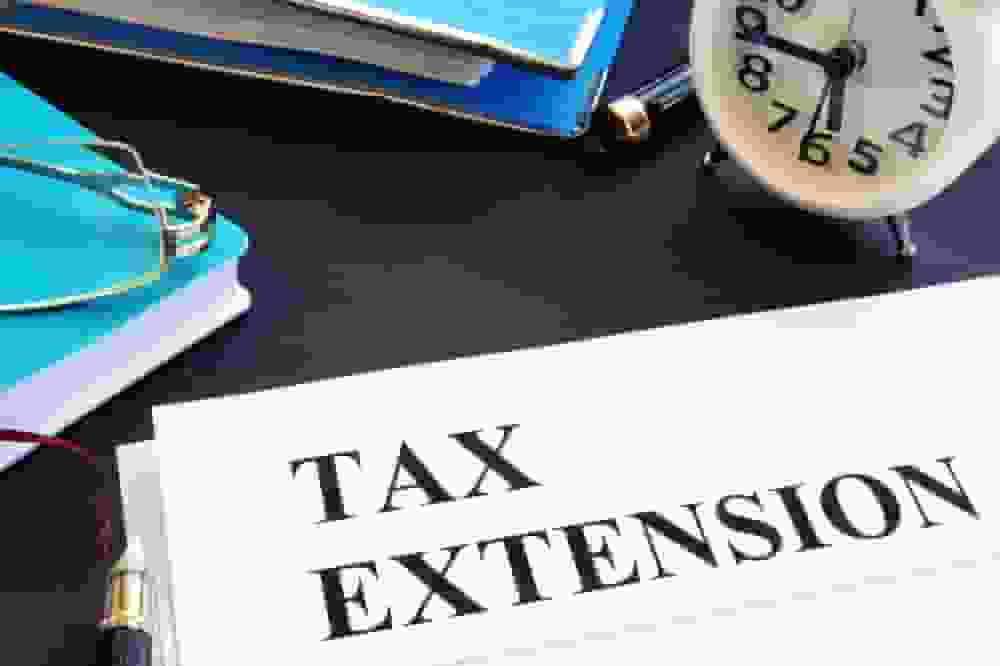Get Relief from Tax Season Stress with the 2023 Tax Extension
The 2023 tax extension can help taxpayers who are experiencing tax season stress when it comes to filing their taxes.

You can request an extension to file taxes and by doing so, you can get an extra six months to file your returns, and avoid penalties due to late filing. But some are asking, what is the most extended extension for you to file your taxes?
How to request for 2023 Tax Extension
According to the IRS, you can request an extension if you need more time to file your taxes in 2023 by filling out IRS Form 4868. This will grant you an extra six months to file your returns extending the deadline from April 18, 2023, to October 16, 2023.
To avoid penalties, IRS says it’s essential to estimate and pay any owed taxes by the original deadline. Remember, you must file your extension request before the regular due date of your return.
READ ALSO: 2023 Tax Filing: What to Know Before You File Your Taxes
How the 2023 Tax Extension Works
While 2023 tax extensions will give you more time to file your return, they do not extend the deadline for paying any taxes owed. If you owe taxes for 2023, you will need to calculate the amount you owe and pay it by the original filing deadline to avoid penalties and interest.
If you are unable to pay your taxes in full by the original deadline, the IRS offers payment plan options to help you pay off your balance over time. This can help you avoid any additional penalties that may be imposed for failing to pay your taxes on time.
According to Marca, it’s also worth noting that if you are expecting a refund for 2023, you are not eligible for a failure-to-file penalty. However, if you do not file your return within three years of the original due date, you will lose any refund you may be owed.
In summary, if you need more time to file your taxes, you can make use of the 2023 tax extension by filling out Form 4868. This will give you an extra six months to file your return, but it does not extend the deadline for paying any taxes owed. If you are unable to pay your taxes in full by the original deadline, the IRS offers payment plan options to help you pay off your balance over time. Don’t hesitate to take advantage of 2023 tax extensions if you need more time to file your taxes and avoid penalties for late filing.
READ ALSO: 2023 Quarterly Taxes: Important Deadline You Need To Know

